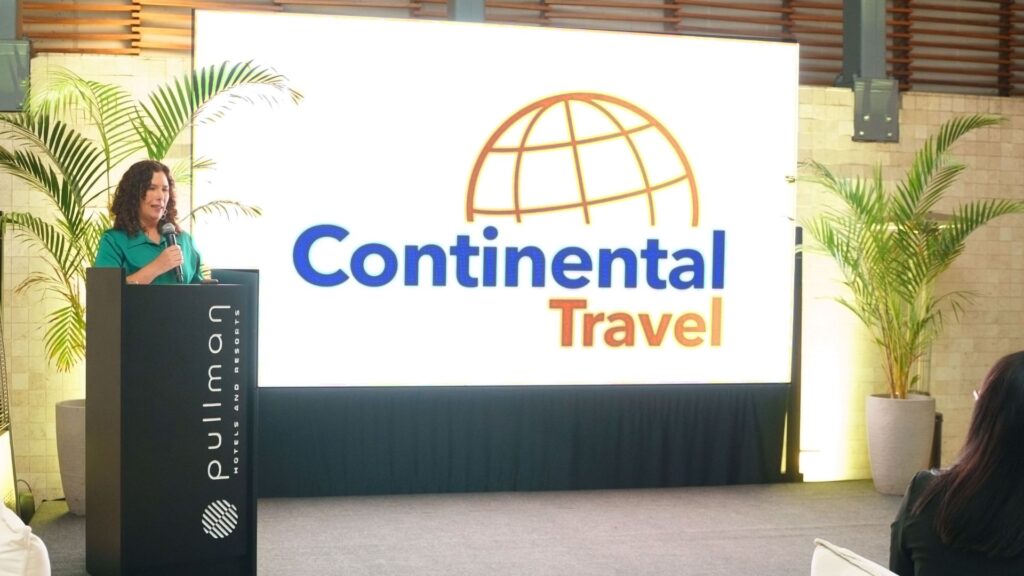Continental Travel Becomes Peru’s First Corporate Travel Agency to Achieve the “Carbon Measured” Certification
This milestone, granted by Green Initiative, reaffirms the agency’s commitment to climate management and the promotion of low-carbon corporate travel through the launch of its new solution, Climate Smart Travel. In a global context where companies are increasingly seeking to integrate climate-action criteria into their operations, the corporate travel sector is evolving toward more responsible practices. Marking a milestone in the local industry, Continental Travel—an agency with more than 30 years of experience—has become the first corporate travel agency in Peru to obtain the “Carbon Measured” certification, granted by Green Initiative. The certification ceremony took place on Tuesday, November 11, at the Pullman San Isidro Hotel, in an event attended by Sophia Dávila, Director of Tourism Environmental Affairs at MINCETUR, who highlighted the importance of this initiative for the sector. This achievement confirms that the company has quantified its greenhouse gas (GHG) emissions under international standards (Scopes 1, 2, and 3), validating its real commitment to climate action and its alignment with the objectives of the Glasgow Declaration. Key Insight: Over 90% of the Carbon Footprint Comes from Flights The rigorous measurement process not only evaluated the agency’s direct operations but also the services it manages for its clients, such as air travel and accommodation. The analysis revealed an important insight: more than 90% of Continental Travel’s carbon footprint comes precisely from the emissions generated by its clients’ air travel (classified under Scope 3). This finding was the main driver behind the creation of new value-added solutions. “Climate Smart Travel”: A Solution for Climate Management In direct response to these results, and recognizing its role in the value chain, the agency announced the launch of its new and innovative service: Climate Smart Travel. This solution will provide companies with transparent and timely information to accurately measure—and later access alternatives to compensate for—the CO₂ emissions from their flights, thus facilitating the management of their own sustainability indicators. “This decision stems from our conviction that the world of corporate travel can and must evolve. We want to support companies not only in the management of their travel but also in understanding and reducing their environmental impact.”— Joelma Galdós, Deputy General Manager of Continental Travel “Companies that understand that the climate agenda is not an ideological issue and move quickly have the opportunity to develop new competitive advantages. This is precisely the case of Continental Travel, a company that has understood the times and is committed to managing its carbon footprint and innovating with climate-smart services.”— Green Initiative Additionally, as part of its commitments, Continental Travel will implement a climate-action plan to reduce its own operational footprint. This plan will include progressive measures such as process optimization and increased digitalization. With this step, Continental Travel not only reaffirms its leadership in the sector but also strengthens its value proposition for corporate clients seeking strategic partners aligned with global climate goals. This article was written by Musye Lucen from the Green Initiative Team. Related Reading










